
The automotive retail landscape is undergoing significant transformation as manufacturers experiment with unconventional sales venues and service approaches. Porsche has taken a bold step by establishing a presence in Australia's largest shopping center, bringing luxury vehicles directly to consumers during their routine shopping trips. Meanwhile, American electric vehicle startup Slate is challenging traditional dealership models by eliminating dedicated service centers entirely, opting instead to empower local mechanics to handle repairs. These developments reflect a broader industry shift toward more accessible, customer-centric retail strategies that meet buyers where they already spend their time and money.
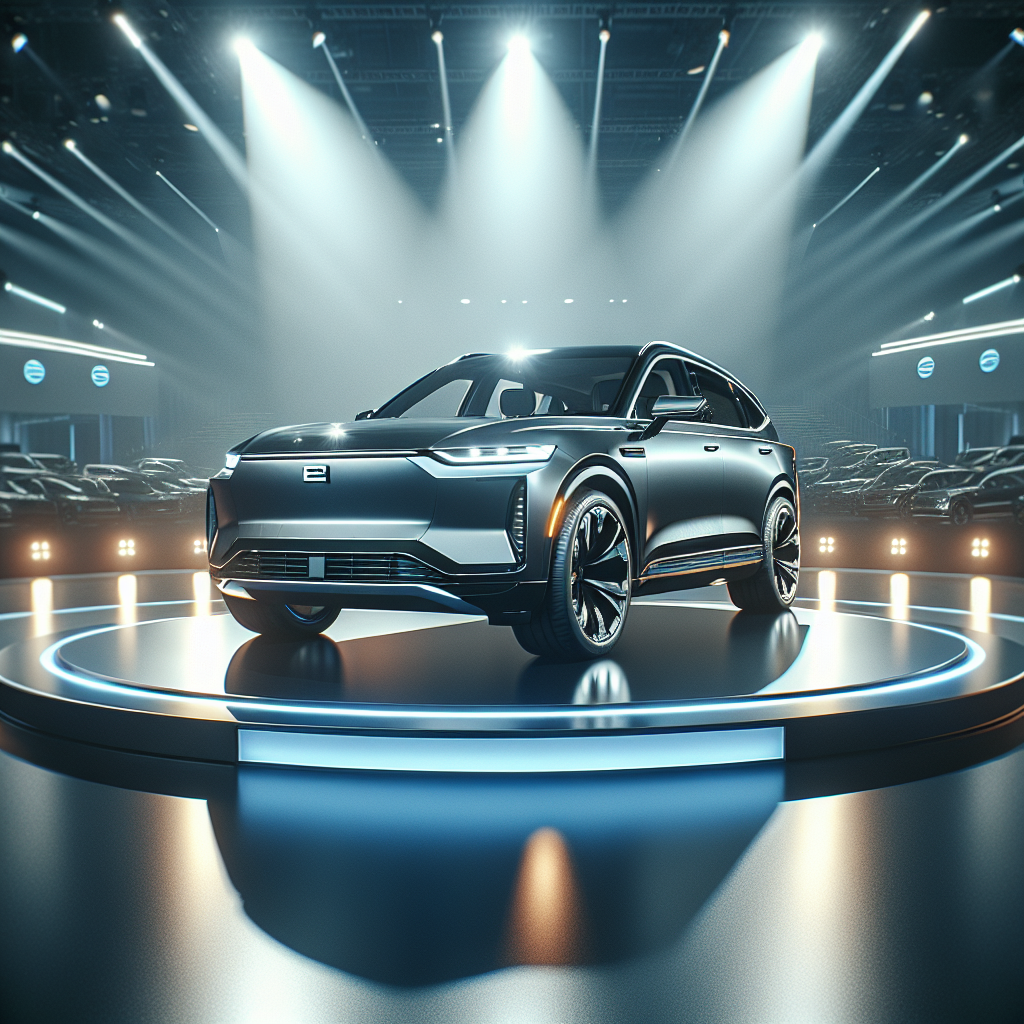
BMW has unveiled its 2026 iX3 electric SUV in the Netherlands, marking a significant step in the German automaker's electrification strategy for the European market. The launch represents BMW's effort to strengthen its position in the rapidly growing electric vehicle segment, particularly in the competitive SUV category. As traditional luxury automakers face increasing pressure from both established rivals and new electric-focused brands, the iX3 arrives as BMW's answer to consumer demand for premium electric SUVs that combine performance with zero-emission driving. The Netherlands debut is strategically significant, given the country's high EV adoption rates and progressive environmental policies that have made it a bellwether market for electric vehicle success across Europe.
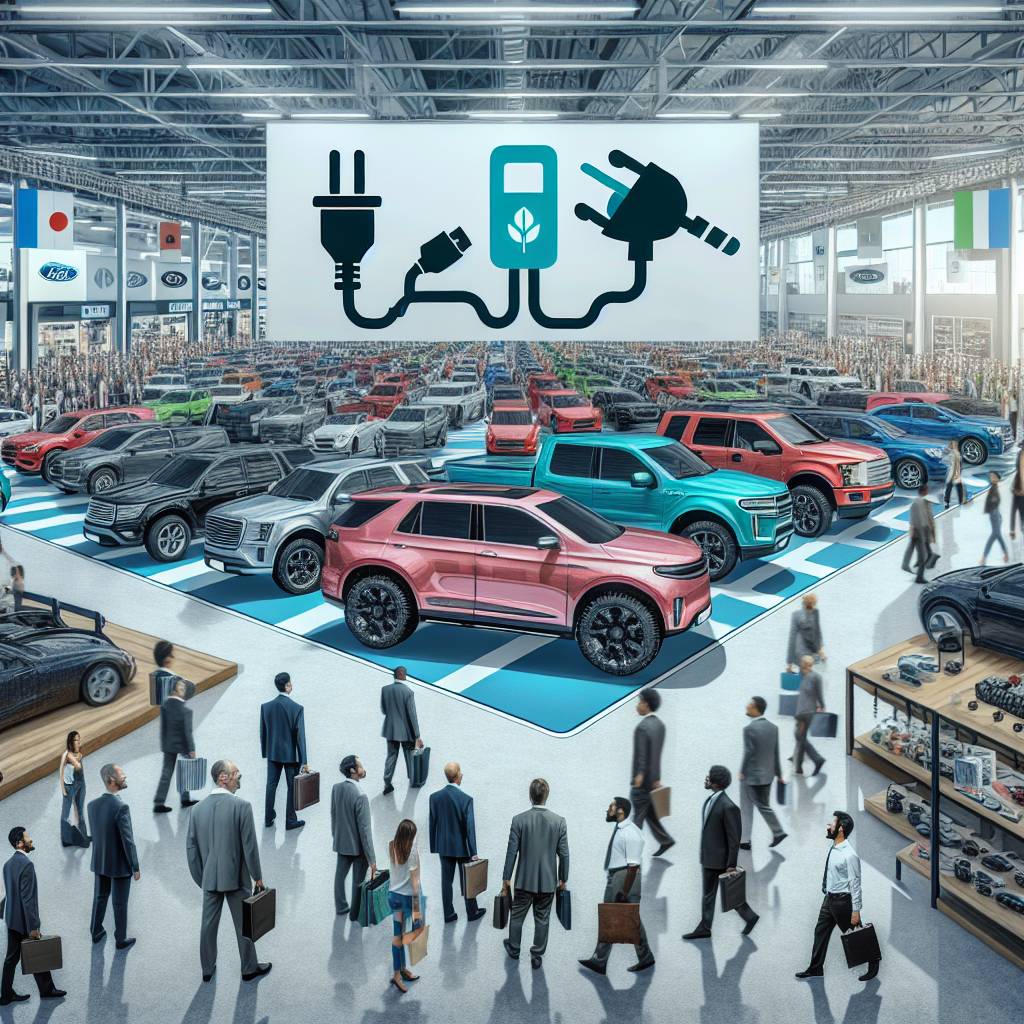
Recent consumer data reveals a clear shift in automotive preferences, with American buyers gravitating toward larger vehicles while the electric vehicle market experiences notable turbulence. Large SUVs and trucks are reaching record sales levels, driven by regulatory changes that have made these segments more profitable for manufacturers. Meanwhile, the electric vehicle landscape presents a complex picture: battery electric vehicles show strong growth in some markets, particularly China, but face headwinds in the United States due to policy uncertainty and tariff impacts. Hybrid vehicles and total cost of ownership considerations are also reshaping purchase decisions as consumers weigh their options in an evolving automotive marketplace.
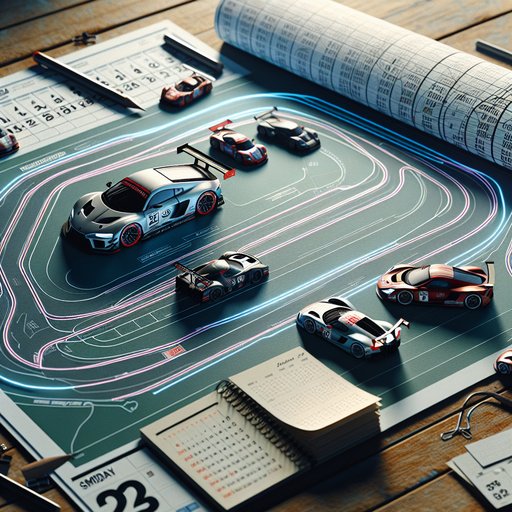
Recent announcements have clarified how the FIA World Endurance Championship and IMSA WeatherTech SportsCar Championship will sequence their seasons, with subtle but important shifts to track lineups and class footprints. The 2024 WEC calendar leaned into new and returning destinations while consolidating its eight-round format, and IMSA continued to balance its long‑distance pillars with key sprints. As organizers set their 2025 intentions, the throughline is stability—keeping logistics workable as Hypercar/GTP grids swell and GT regulations bed in across both series.

The automotive industry finds itself navigating dual responsibilities as manufacturers address critical safety concerns while supporting emergency response initiatives. Chrysler's Ram division has issued a major recall affecting nearly 292,000 ProMaster vans due to fire hazards, a move that could significantly impact commercial fleets across the country. Meanwhile, the motorsport community is mobilizing to assist hurricane victims, with former NASCAR driver Greg Biffle leveraging his piloting skills for disaster relief operations. These parallel developments highlight how the automotive and transportation sectors play vital roles both in maintaining vehicle safety through urgent service actions and in providing crucial support during natural disasters.
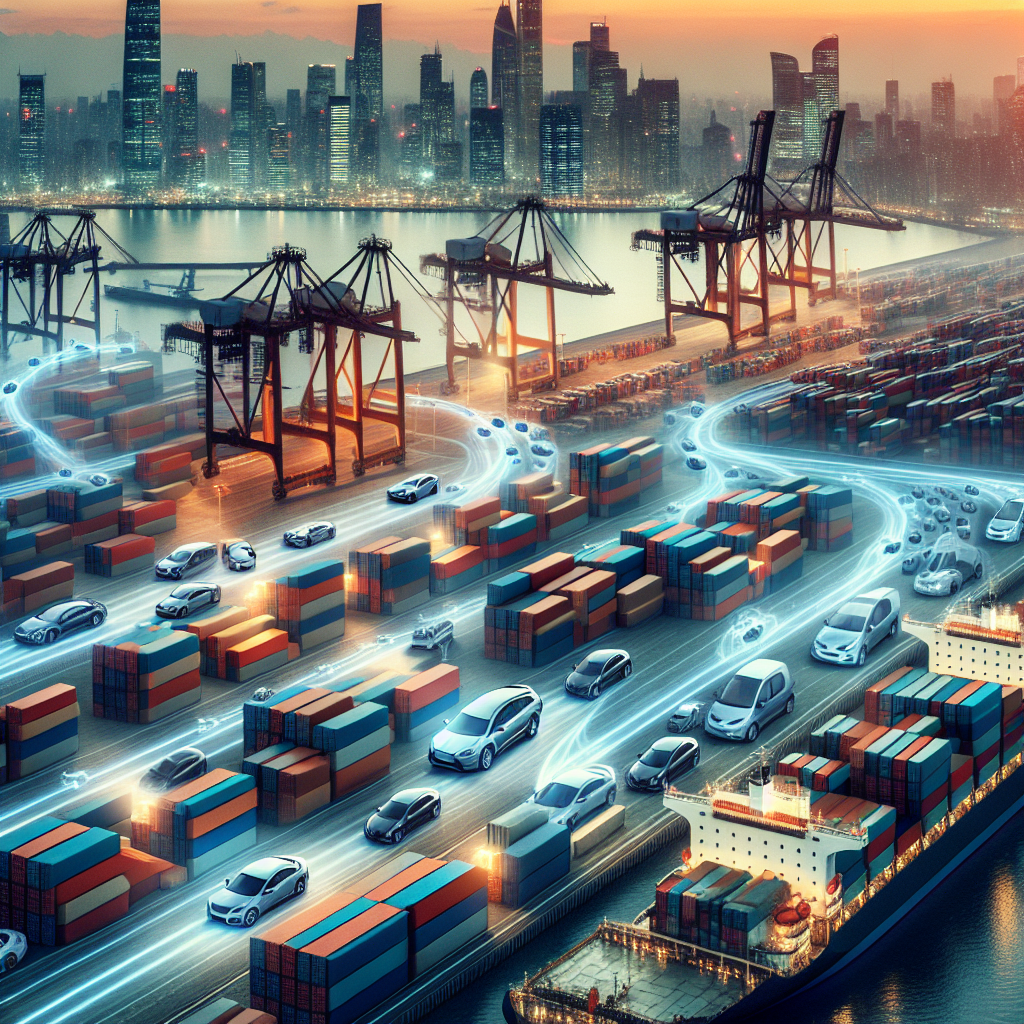
Chinese automaker BYD continues its aggressive global expansion while facing both opportunities and challenges in key markets. As the world's leading battery-electric vehicle manufacturer, BYD is pushing into new territories and aiming for ambitious market share targets, though recent developments have highlighted some growing pains in this rapid expansion phase.
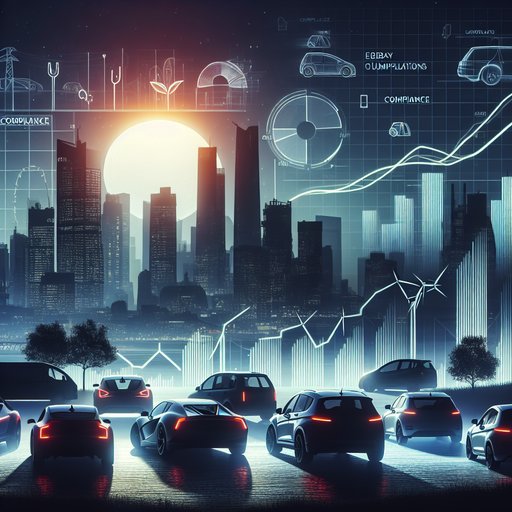
Recent studies have cast doubt on the environmental benefits of plug-in hybrid vehicles (PHEVs), even as automakers and markets globally navigate the transition to cleaner transportation. This development comes amid encouraging signs for pure electric vehicle adoption in some regions, though markets show varying levels of progress in the shift toward zero-emission vehicles.








